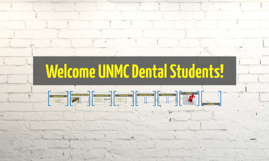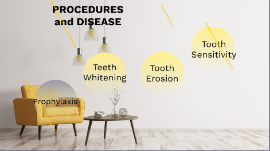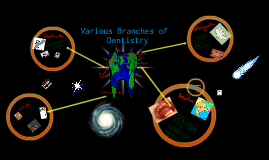Hemophilia + dental treatment
Transcript: People with hemophilia have lower clotting factor levels of plasma or impaired coagulation factors needed for a proper clotting process. So when their blood vessels are injured, a clot can begin to form but the missing coagulation factors prevent fibrin formation, which is necessary to maintain a blood clot. The risks for patients with blood disorders, such as hemophilia needs to be carefully assessed before treatment to ensure that procedures can be carried out safely, so dental emergencies can be prevented. What is hemophilia? a group of genetic disorders that impairs the body's ability to control blood clotting. hemophilia A - genetic deficiency in clotting factor 8, which is an essential blood clotting protein hemophilia B - rarer than hemophilia A, deficiency in clotting factor 9 gene Management of patients depends on the severity of their disorder, mild, moderate, or severe and the invasiveness of the procedure. If the procedure has limited invasiveness and the patient has a mild bleeding disorder, only slight or no modifications will be required. Overall, It is essential to prevent accidental damage to the gingiva and mucosa by cautious use of any instruments and things like the saliva ejector. Damage to tissues that cause bleeding can escalate into dental emergencies if bleeding can not be stopped, or controlled. What exactly does this mean? Pre-treatment A hemophiliac does not bleed more intensely than a person without, but can bleed for a much longer period of time. Even minor injuries can result in blood loss for days or weeks. In conclusion Hemophiliacs compared to non hemophiliacs Dental teams must be aware of the impact of bleeding disorders on the management of their patients. Proper medical and dental evaluation is necessary to determine the severity of the patient's disorder, so necessary action can be taken before and during treatment. During Dental treatment There are number of pre-med options when dealing with hemophiliac pts depending on the severity of their condition. Mouth rinses that support clot formation can be used in patients with mild disorders. Ex. Epsilon-aminocaproic acid, Tranexamic acid. In more severe cases, patients can be placed on blood factor replacements Hemophilia Hemophilia and Dental Treatment

















